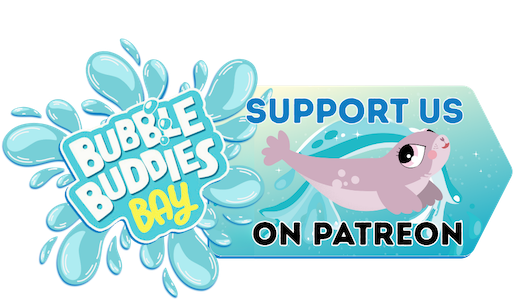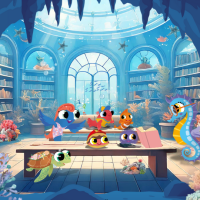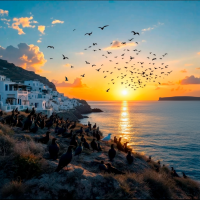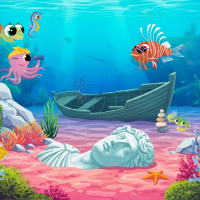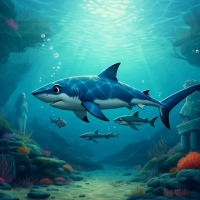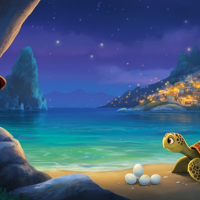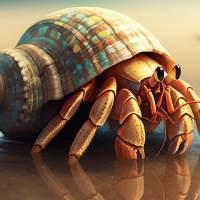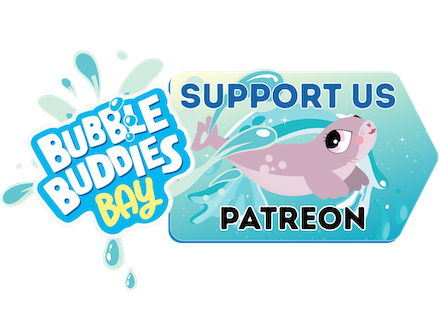.png)
The Ocean in Art: A Splash of Imagination!
Hello, friends! Today, I want you to imagine a time before cameras, when people didn’t have screens to capture the world around them. How did they portray the amazing ocean and all the cool creatures that live there? Easy, they used something even more magical: ART!
The Sea Through Time
Whether it’s an ancient carving, a stormy painting, or a coral-covered statue, art helps us understand the ocean, and ourselves. It tells stories that word simply can't, and it shares feelings that go deeper than the biggest waves.
Ocean in Ancient Times
Even the earliest people were amazed by the ocean. In old caves, they painted fish and sea animals using natural colours from rocks. That shows us something really important: humans have always loved the ocean!
In Ancient Egypt, artists painted the Nile River, showing fishermen, hippos, boats, and reeds. Later, as ships began exploring the world, painters started to show stormy seas, brave sailors, and strange sea creatures that no one had ever seen before.
Famous Paintings of the Sea
Some artists painted what the ocean made them feel: powerful, peaceful, or even a little scared. And some used art to remind us that we need to take care of the sea, just like we take care of each other.
Here are some of the most famous paintings of the ocean:
The Ninth Wave by Ivan Aivazovsky: A huge wave crashes down on shipwrecked sailors. It’s both scary and beautiful, like nature showing its full strength.
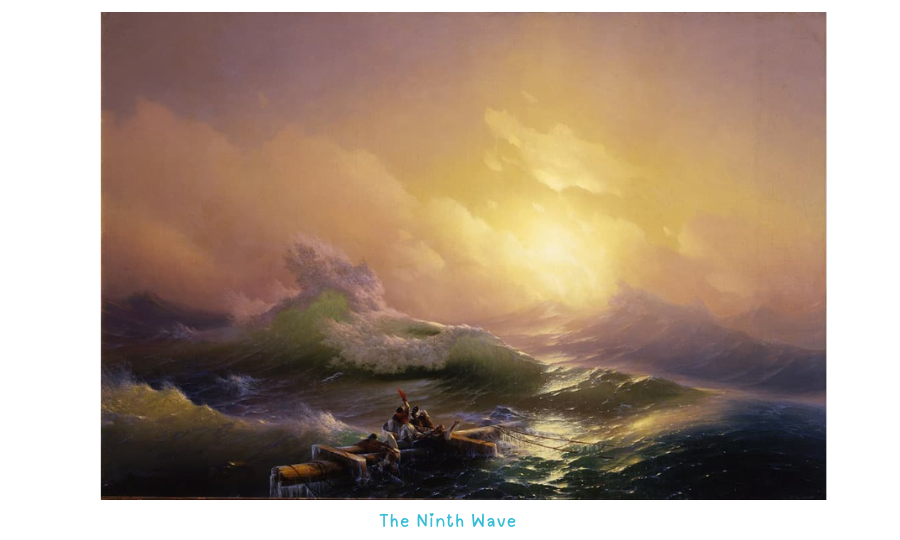
The Monk by the Sea by Caspar David Friedrich: This painting shows a monk looking out at the ocean. It's a bit mysterious: what is he thinking about? Also, notice how small he looks compared to the vastness of the sea. It makes you realize how powerful and immense the ocean truly is.
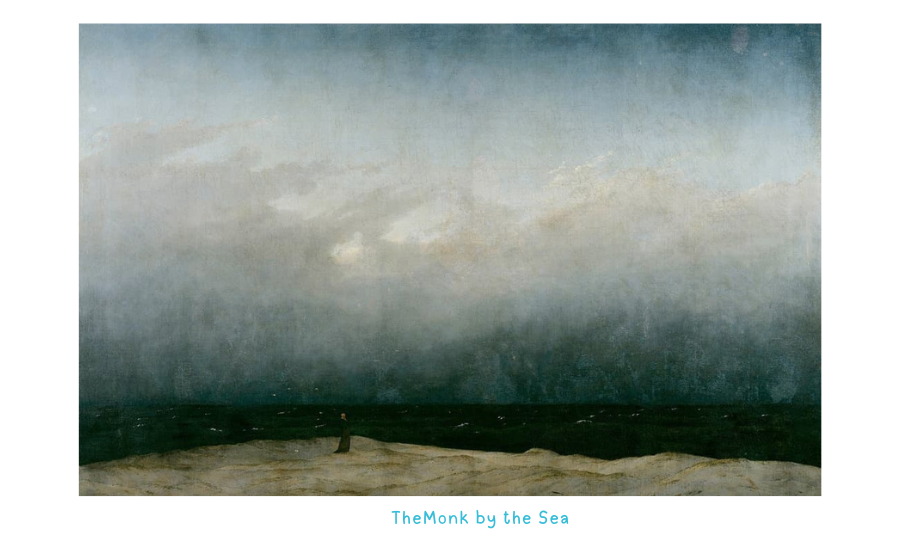
The Great Wave off Kanagawa by Katsushika Hokusai: This Japanese painting shows a giant wave that looks like it's about to crash down on some boats. How does it make you feel?
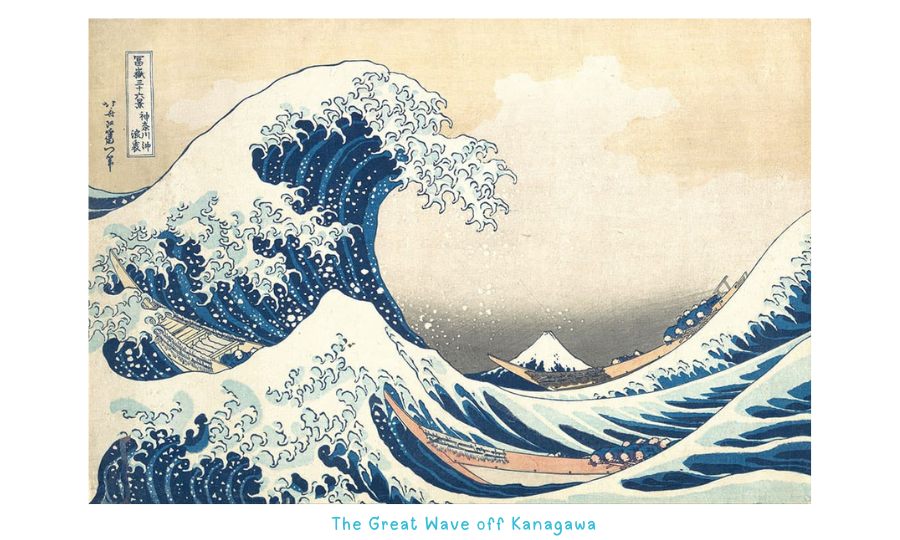
Fishermen at Sea by J.M.W. Turner: Turner loved painting light and storms. This one shows fishermen battling a stormy night at sea. Can they make it home?
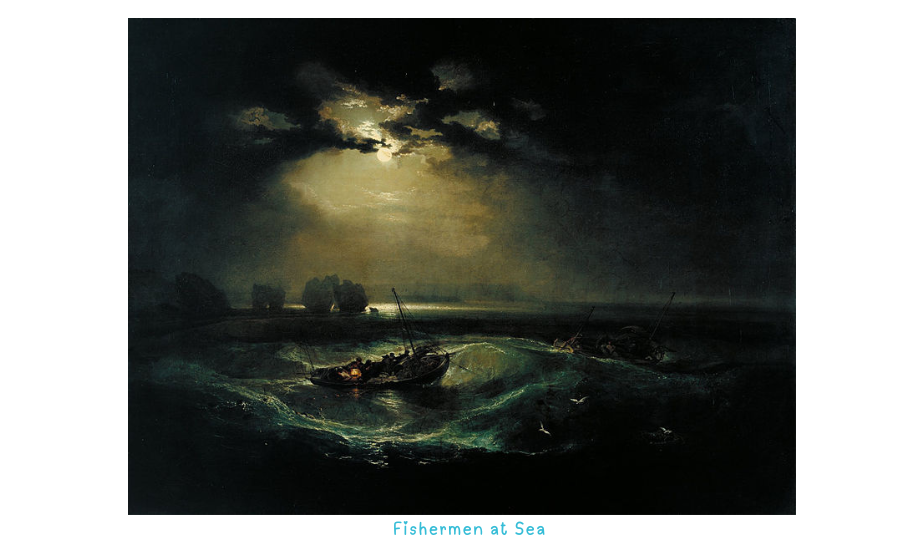
Fish Magic by Paul Klee: This one is fun! It looks like a dream underwater: fish swimming among stars, swirls, and glowing colours. Like looking into an ocean full of imagination!
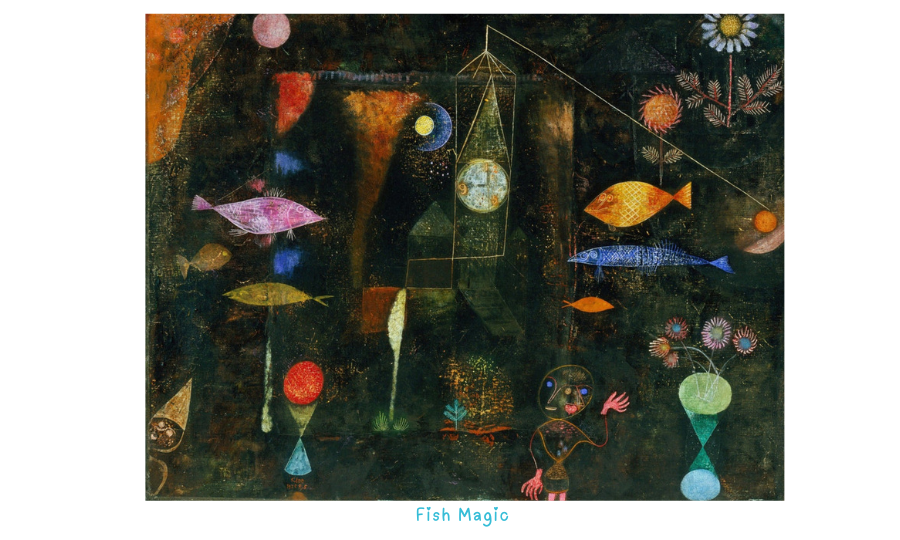
Beyond Paintings: Fantastical Fish
The book Fish, crayfish and crabs… by Louis Renard, published in 1719, features illustrations of marine creatures from the East Indies. Renard never actually visited these regions, and he based his illustrations on notes, and drawings from other artists. The results? Some of the fish have polka dots, wild tails, and strange shapes. It’s like a marine fairy tale! Don't you think so?
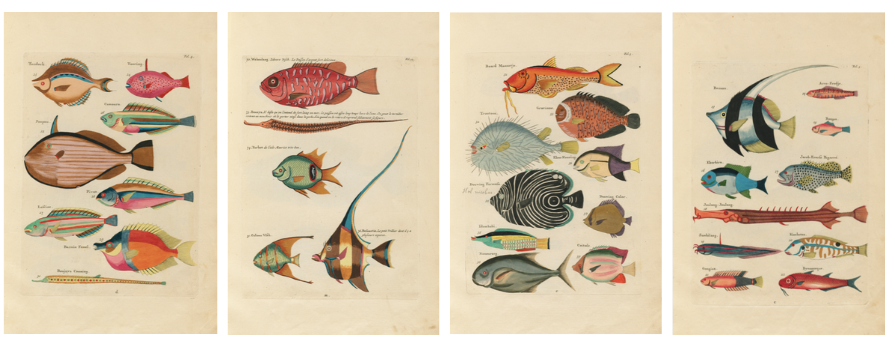
These examples show us how artists have seen the ocean throughout history. Some are exciting, some are scary, and some are just beautiful. By looking at these paintings and illustrations, we can learn more about the ocean and how people have connected with it over time.
Underwater Museum
Did you know that there are entire museums underwater? Here is one!
The Museo Subacuático de Arte (MUSA) in Mexico This museum is underwater, really! Artists created life-sized statues of people, sitting, thinking, riding bikes, and more, all resting on the ocean floor. Coral and fish grow around them, turning each statue into part of the reef. Visit the website to learn more: MUSA
![]()
Get Creative!
🎨 When we truly understand something, that's when we're most likely to care for it. We want to protect it. So next time you’re near water - whether a shimmering lake or the mighty ocean - look closely.
- What colours and shapes do you see?
- What kind of mood is the water showing you today?
- How would you capture the magic of the ocean without using a camera?
🎨 This time, I'm not going to give you any suggestions, activities, or exercises. Because I trust your imagination. I hope this story has filled you with curiosity, and maybe sparked a little inspiration inside you. I can’t wait to see what incredible dreams you bubble up!
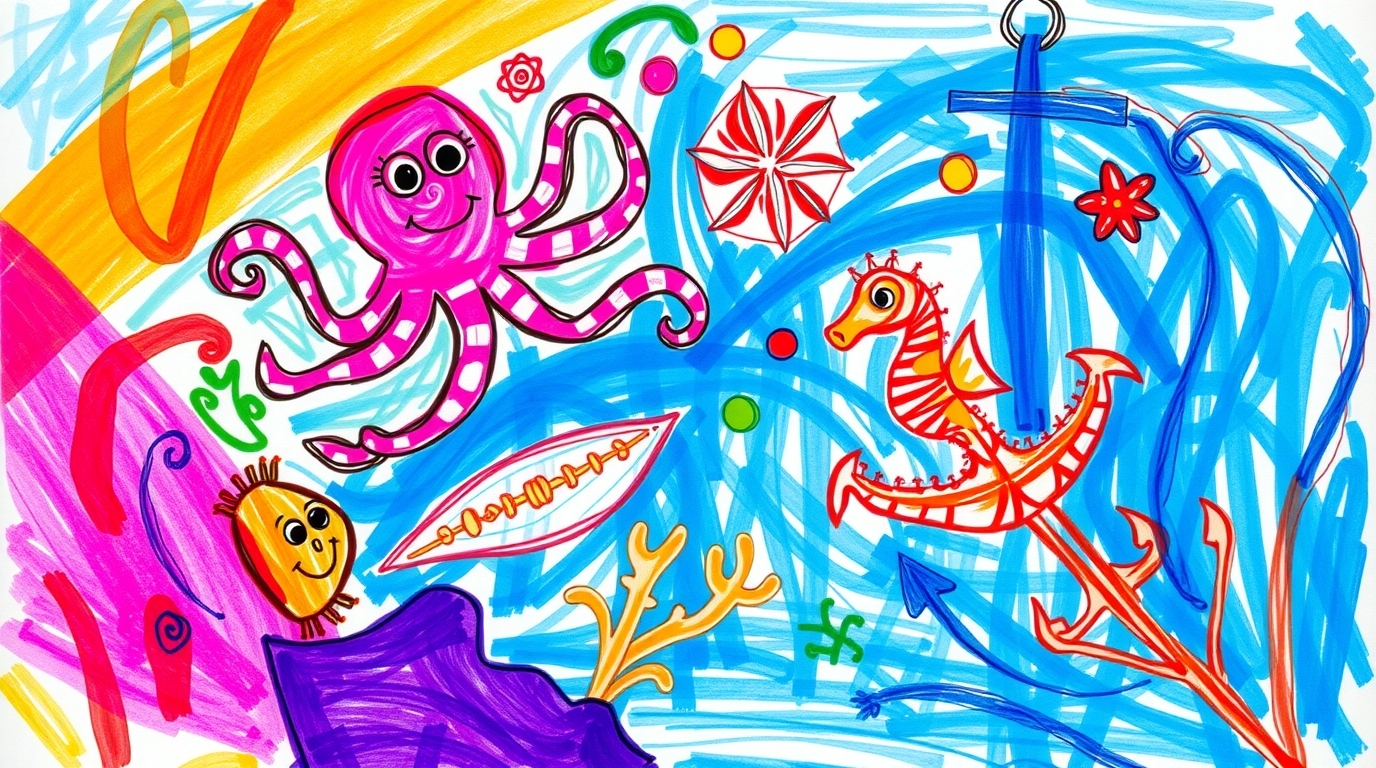
Dive deep, dream big!
Sophia the Seahorse
